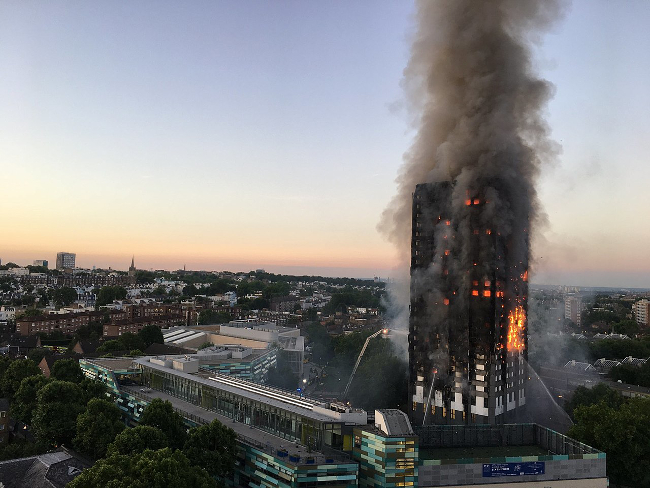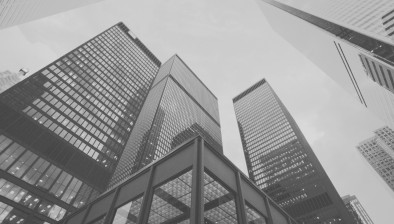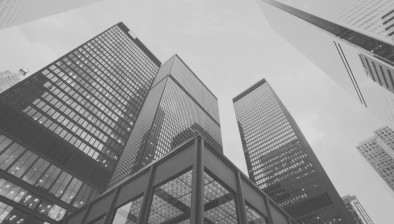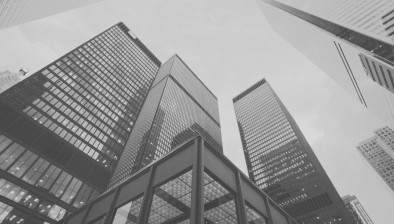Housebuilder claims blanket ban on Grenfell-type cladding is not required
The UK Government should relax its ban on combustible cladding imposed after the Grenfell Tower fire, according to a housebuilder.

Image courtesy of Natalie Oxford via Twitter
Berkeley Group has argued that tall buildings that feature the same type of aluminium composite material (ACM) cladding involved in the disaster, which led to the deaths of 72 people three years ago, are already safe and do not need renovation.
Rob Perrins, Berkeley’s chief executive, told The Times: “It shouldn’t be ‘all ACM should be removed’ or all HPL’ [high pressure laminate cladding] should be removed. It’s low risk. There should be a risk-based approach on the whole building.”
A public inquiry report into the Grenfell Tower tragedy concluded last year that the choice, combination and installation of cladding led to the fire spreading so quickly in the west London tower.
Criticisms have emerged regarding the slow pace of work to remove combustible cladding from tall buildings in the wake of the new regulations.
A report by the National Audit Office (NAO) today found that while progress is being made in removing dangerous cladding from high-rise residential buildings, the pace of works has been faster in some types of building than others and progress in the private residential sector has been slower than the government expected.
By April 2020, 149 of the total 456 buildings which are 18 metres and above and have unsafe ACM cladding systems had been fully remediated, leaving 307 where remediation was not yet finished, of which work had not yet begun on 167.
The pace of remediation has been fastest in the student accommodation and social housing sectors, but slowest in the private residential sector. By April 2020, 66.7% of student accommodation blocks and 46.8% of social housing buildings had been fully remediated, compared to 13.5% of private sector residential buildings.
Progress in the private sector has been slower because those legally responsible for private buildings have been difficult to identify and have required more support than expected. By the end of April 2020, the ministry of housing, communities & local government (MHCLG) had paid out £1.42 million (0.7%) from a £200m fund for the remediation of equivalent buildings in the private housing sector in England and £133m (33.3%) from the £400m social sector fund.
The MHCLG estimates that all buildings within scope of its funding will be remediated by mid-2022, with over 95% completed by the end of 2021. This is later than the expectation set in July 2019 by the then secretary of state, that “other than in exceptional circumstances, building owners should complete remediation […] by June 2020.”
This does not take account of the impacts of COVID-19: there are early signs that the epidemic has slowed the pace of remediation, with up to 60% of projects that were under way paused by April 2020. The MHCLG had not at the time of this investigation assessed how its timeframe for completing remediation will be affected by the pandemic.
Gareth Davies, the head of the NAO, said: “MHCLG has made progress in overseeing the removal of dangerous cladding from many buildings, particularly in the social housing sector. However, the pace of progress has lagged behind its own expectations, particularly in the private residential sector. It has a long way to go to make all high-rise buildings safe for residents.
“Going forward, it is important that the Department successfully manages the administrative challenges of funding building owners to carry out remediation work, particularly given its intention to commit a further £1 billion in full by the end of March 2021.”
An MHCLG spokesman added: “The Government has provided £1.6 billion to ensure unsafe ACM and non-ACM cladding is removed swiftly from high-rise buildings, and is bringing forward the biggest change in building safety in a generation.
“We have made progress with the removal and replacement of ACM cladding, but it is clear there is much more still to be done.”








